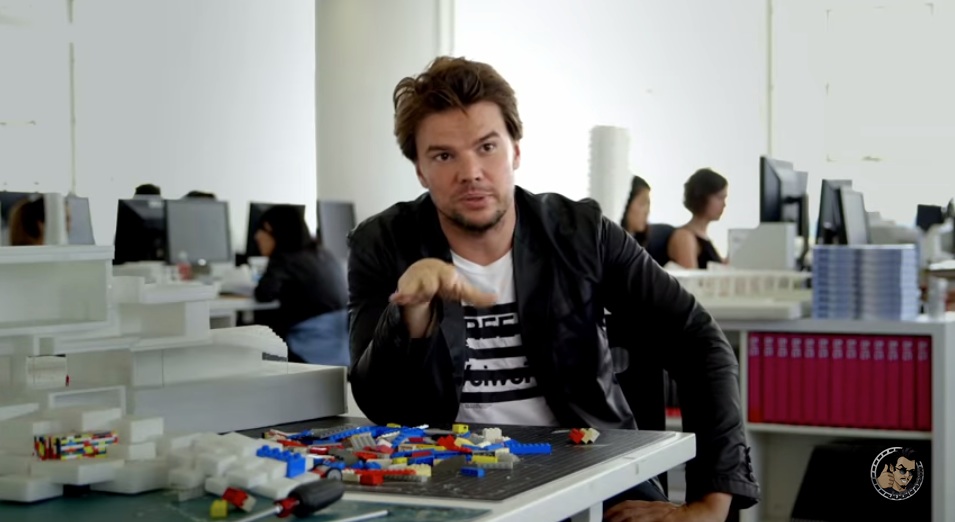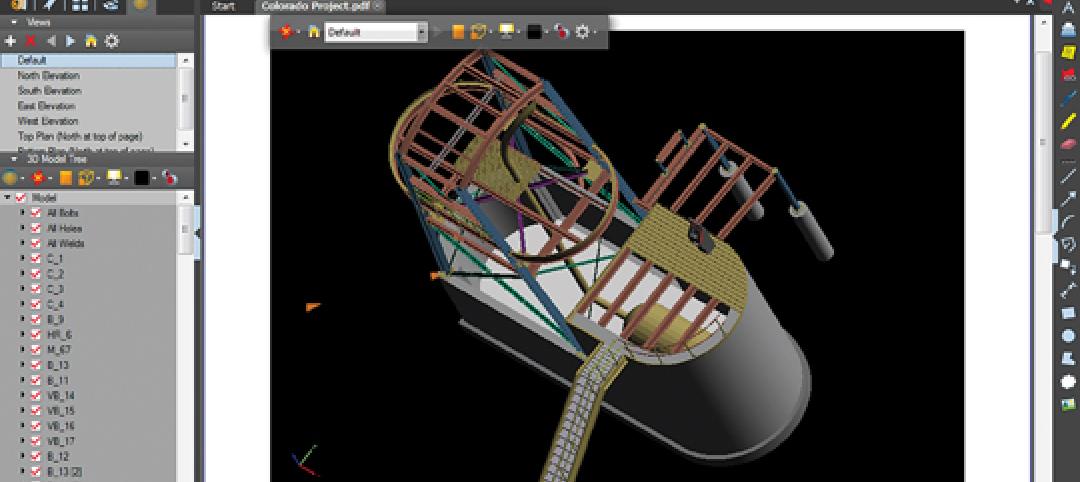Over a five-day period last month, as part of the Milan Expo 2015 in Italy, a slim tower made from more than 500,000 Lego bricks rose to 35 meters (114.8 feet), setting a new Guinness World Record as the tallest structure built with those familiar acrylic bricks.
Denmark-based Lego Group donated 7 Euros (US$7.752) for every centimeter of the tower to Urban Oasis, an urban protection and development project connected with the World Wildlife Fund.
That tower offered one more example of the role that Legos have played in the worlds of construction and creativity since the company’s founding in 1932. Last month, Lego Group, the company that makes the toy bricks, established its Lego Sustainable Materials Centre, and announced that it would invest 1 billion Danish Krone (US$148 million) for research, development, and implementation of sustainable raw materials to make Lego bricks and packaging.
In the documentary, Bjarke Ingels—whose eponymous firm is based in Copenhagen, Denmark—notes that, because of its harsh climate and high labor wages, much of what gets built in that country must be prefabricated to shorten the construction time.
The company has also teamed with Warner Bros., Interactive Entertainment, and TT Games to release an interactive video game that allows players to use Lego building sets digitally to build and create “wherever their skills and imagination roam,” says its press release.
“Our goal is to inspire and develop the builders of tomorrow,” said Lego Group’s owner Kjeld Kristiansen. “We believe that our main contribution to this is through the creative play experiences we provide to children.”
On July 31, a documentary film called "A Lego Brickumentary" will be released in the United States. Its narrator, the actor Jason Bateman, says it’s a story “about a simple toy and how its unique properties ushered in a new era of creativity for a whole generation.”
Along with a host of inventors and toy aficionados, the film interviews such Lego lovers as Facebook’s cofounder Mark Zuckerberg and Houston Rockets’ center Dwight Howard. Also featured prominently is starchitect Bjarke Ingels, who recounts how he won one of his first commissions by designing a model using Legos.
In the documentary, Ingels—whose eponymous firm is based in Copenhagen, Denmark—notes that, because of its harsh climate and high labor wages, much of what gets built in that country must be prefabricated to shorten the construction time. “In a manner of speaking, Denmark has become a country entirely built out of Legos,” he says in a clip of the film that Wired magazine posted on its site.
The Lego Group chose Ingels’ firm to design its Lego House, a 12,000-sm (129,167-sf), 23-meter-tall educational center in Billund, Denmark, whose purpose, in Kristiansen’s words, is “give us the opportunity to show how children learn through Lego play, and at the same time we can tell the Lego history in an involving way which reflects our values. Lego House is scheduled to open next year, but in the interim Lego Group will send a 1:100 scale model to six different fan events around the world. The model—built from 18,000 Lego bricks, of course—was seen by about 20,000 people who recently attended the largest Lego fan exhibition in Switzerland.
Related Stories
| Jul 21, 2011
Bringing BIM to the field
A new tablet device for construction professionals puts 3D data at the fingertips of project managers and construction supervisors.
| May 18, 2011
New Tool Takes PDFs Beyond 2D
Our IT expert puts a new PDF creation package through its paces and sees value for AEC firms that want to move more aggressively into 3D documents.
| May 16, 2011
Dassault Systèmes to distribute Gehry Technologies’ digital project
Dassault Systèmes and Gehry Technologies announced that Gehry Technologies’ Digital Project products will be integrated into the Dassault Systèmes’ portfolio and distributed through Dassault Systèmes. Digital Project is a suite of 3D BIM applications created by Gehry Technologies using Dassault Systèmes’ CATIA as a core modeling engine.
| May 3, 2011
Scott Simpson of KlingStubbins on how to get more value from BIM
Too few AEC professionals have developed a strategic idea of how BIM can and should re-shape professional practices and drive dramatic improvements in both creativity and production, according to Scott Simpson, FAIA, senior director of KlingStubbins. While BIM enables the exploration of design ideas quickly and in new and different ways, it can lead people to think they’re making more progress than they actually are. A simple adjustment in perspective is all it takes to put things right.












